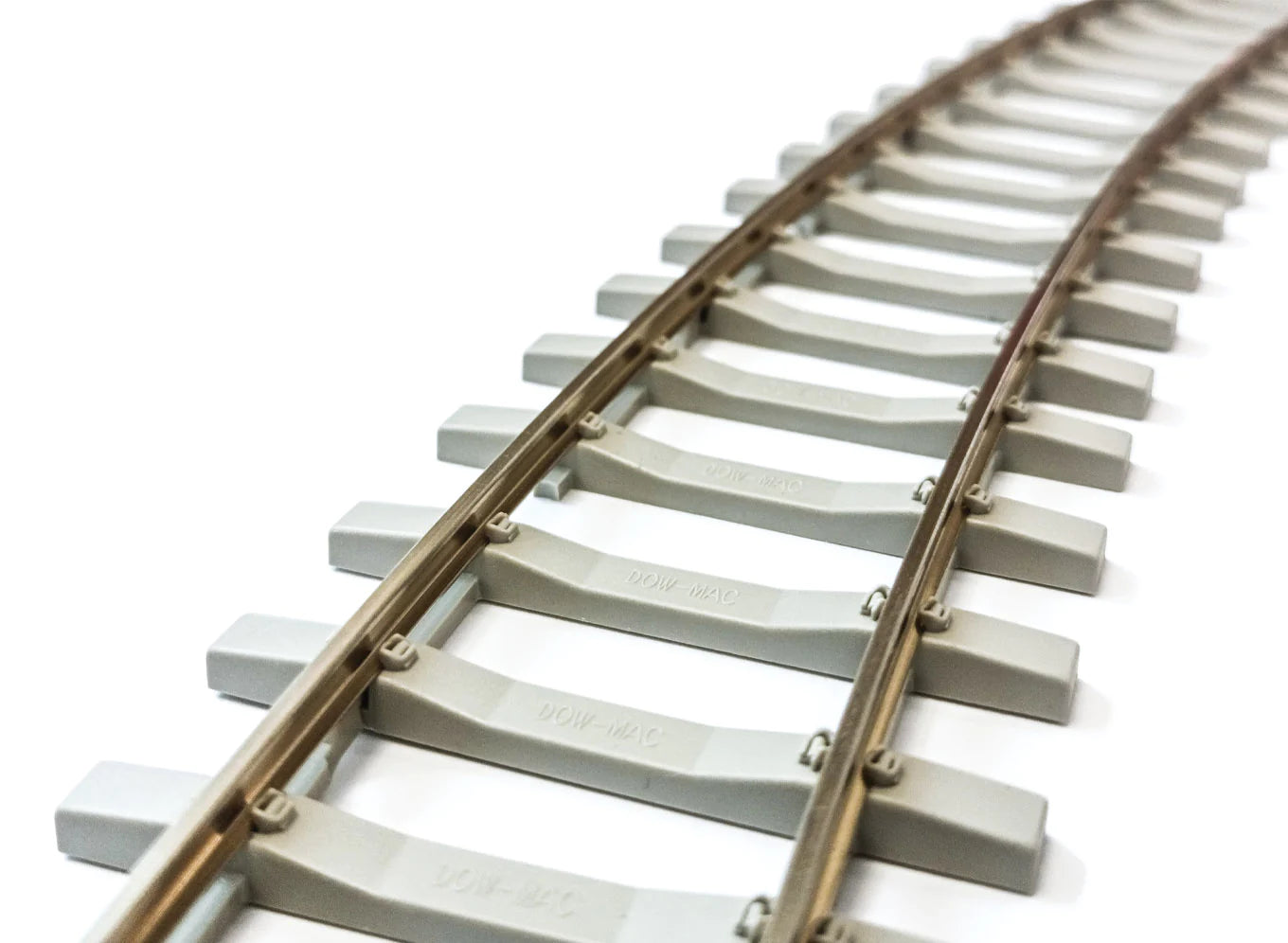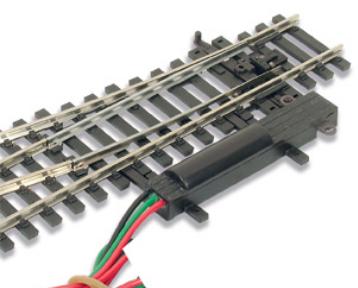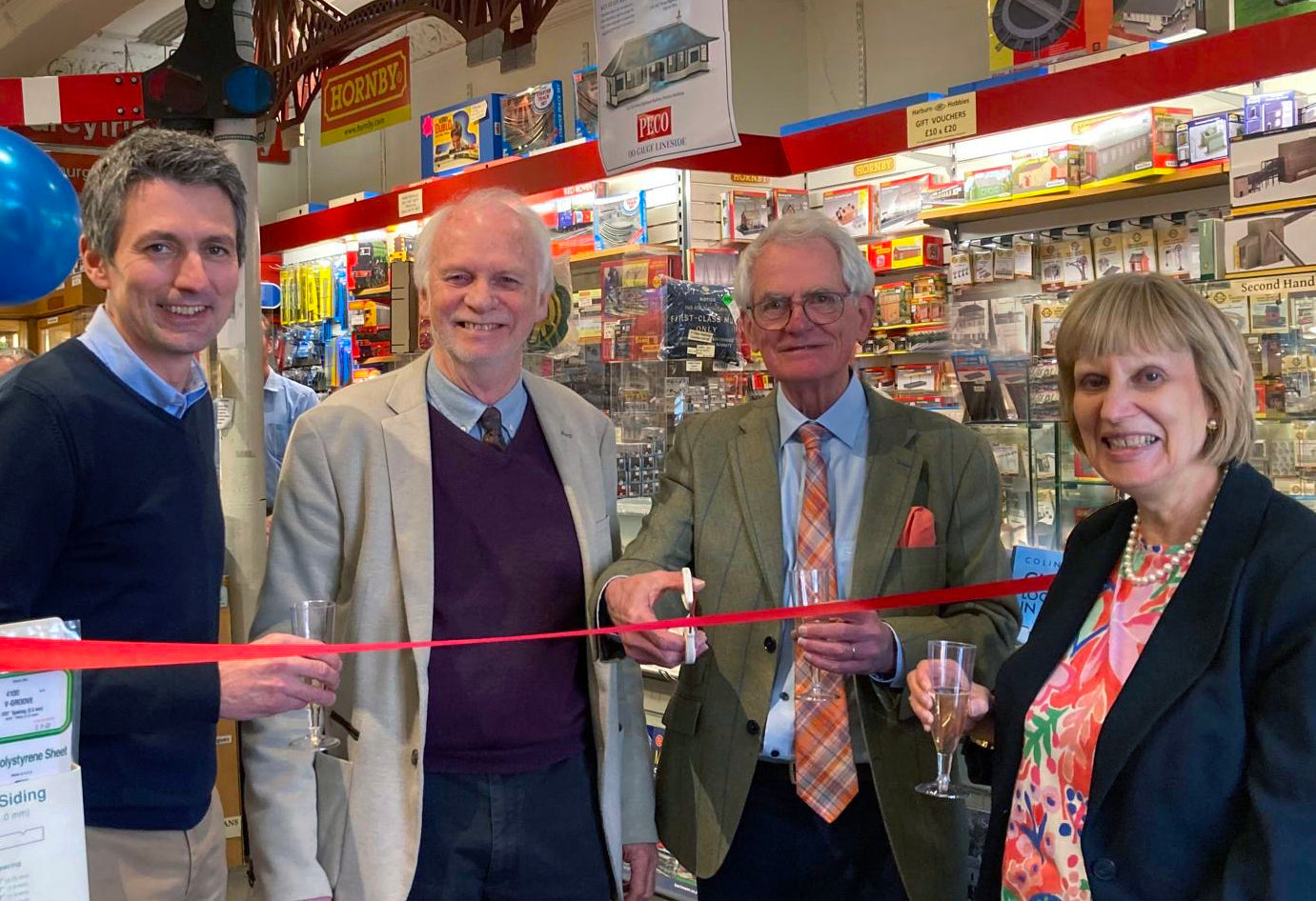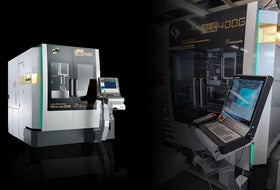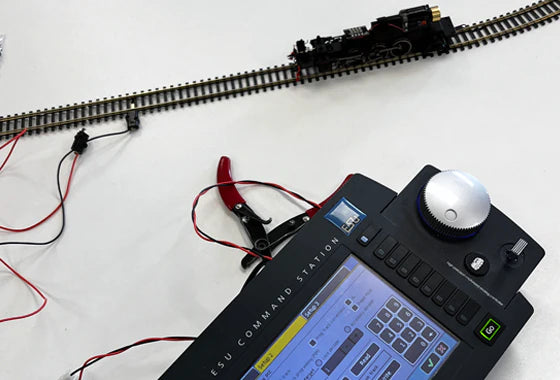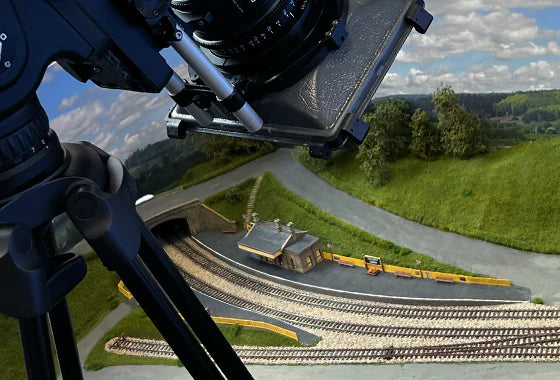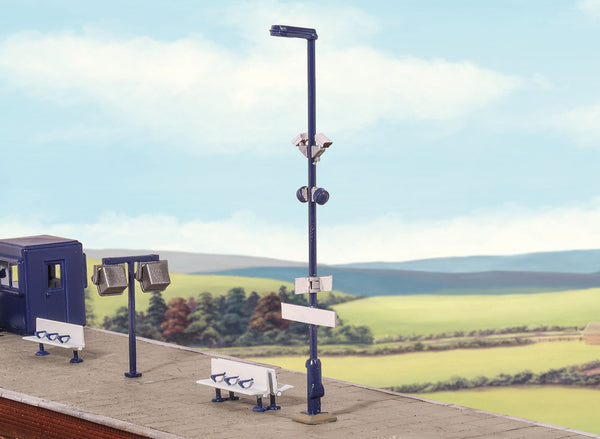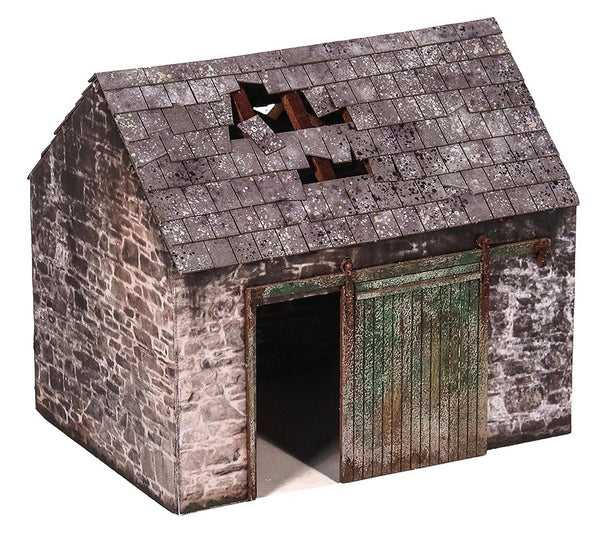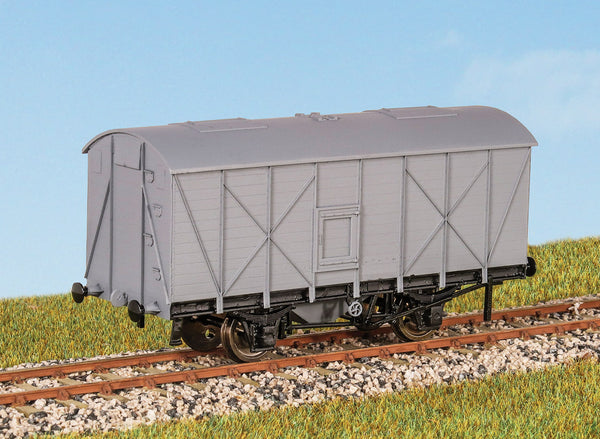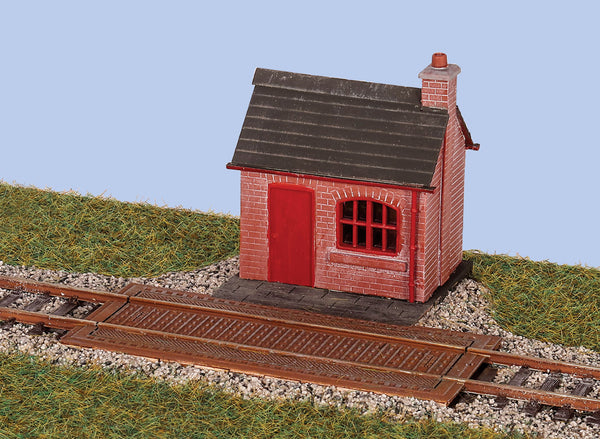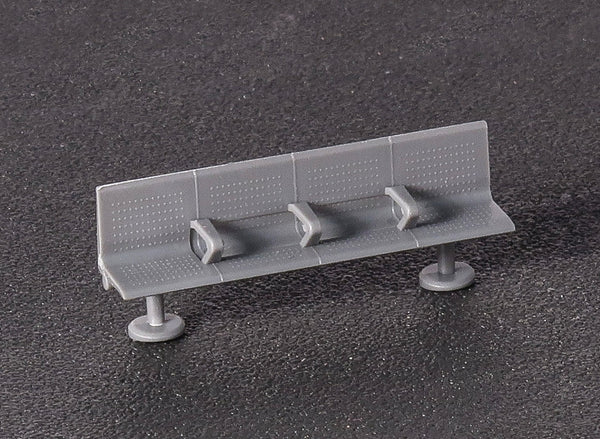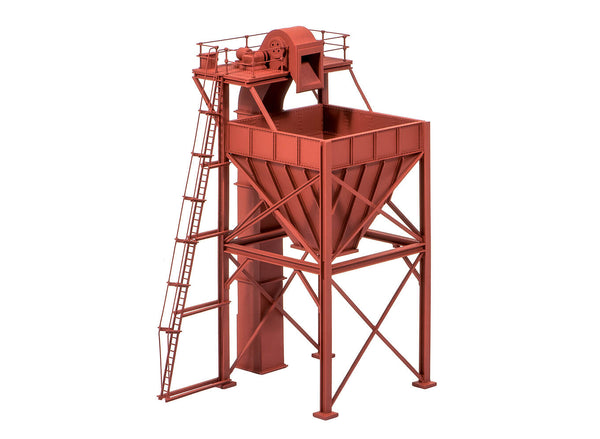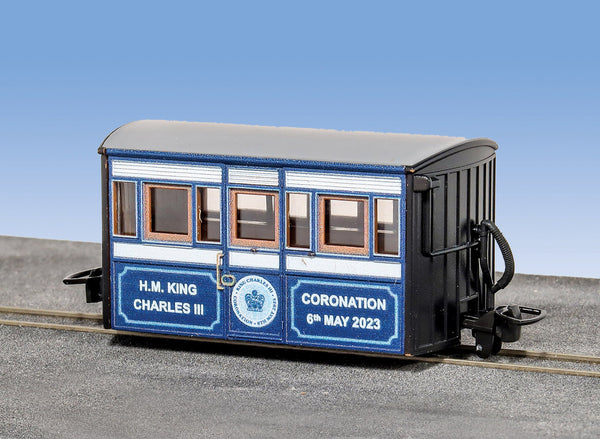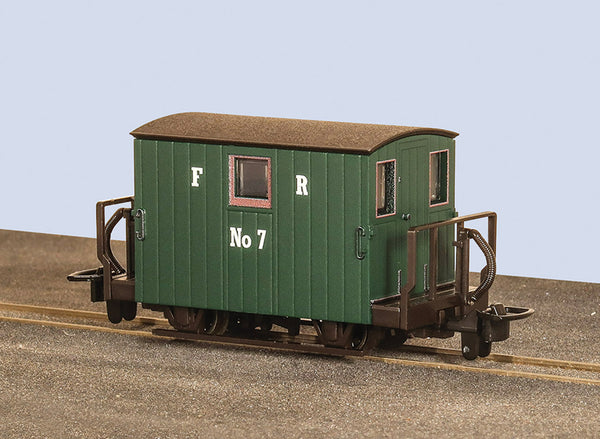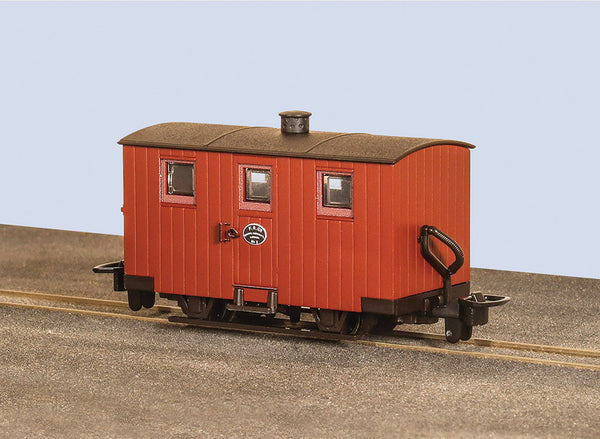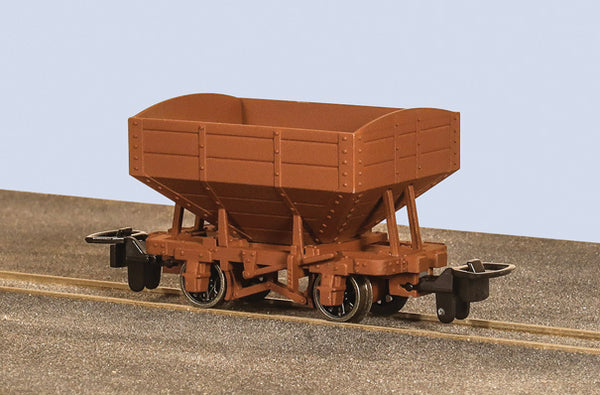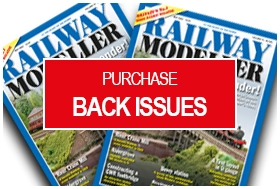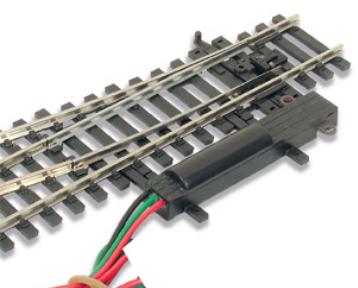BROWSE PECO PRODUCTS
Browse through our complete product portfolio.
931 Products Found
Modern Platform Lamps
These Modern Platform Lamps kits represent the typical kind of lamp standard found, admittedly, not just on platforms, but along any street or thoroughfare. With optional attachments included, such as CCTV cameras, loudspeakers and station signs, these are very versatile kits for modellers in both scales. Produced mainly in plastic, with easy-to-assemble parts and clear instructions provided, the OO/HO scale kits have the added advantage of using brass tubing for the main posts, so give the option to be made operational (additional parts would need to be sourced).
SMS OO Derelict Barn
A versatile small barn/stores kit which can be assembled as a derelict or pristine building with a choice of wall finishes.
British Railways Bulk Grain Wagon Kit (LNER)
Around 100 of these vans were built by the LNER between 1921 and 1936 for the transportation of grain, initially from the Port of Hull. In time their use became more widespread, often finding work transporting barley from Lincolnshire to the maltings in Scotland. The remaining wagons were retired in the mid-1970s.
Our new kit really is all-new. Brand new tooling producing some very fine plastic mouldings. In addition to that the kit includes brass bearings, fine scale metal wheels and NEM pockets for the tension lock couplers included. A set of waterslide decals for both the LNER and BR periods are included. Assembly is really straight forward aided by the clear and helpful instructions. The resulting model is one that would make a fine addition to any layout, and from a retailer's point of view there is the added attraction of being able to sell multiple kits given that modellers would likely require a rake of these wagons!
Goods Yard Weighbridge
One of the fundamental aspects of safety on the railway was that wagons should never be overloaded. To do so would risk trains not having sufficient braking capacity to slow and stop safely. To manage loading at many industrial locations, each wagon would pass over a Weighbridge - to check their weight. Each wagon would display its tare weight, which could be deducted from the total weight, to ascertain the net weight of the load - simple mathematics! The new Ratio kit is a great representation of a typical Weighbridge, not dissimilar to the one, once located at Shildon Wagon Works in the North East. Combining a mixture of materials, the plastic parts make up the hut and laser-cut wood parts form the actual weighing scales, which fit in and around a length of ST-201 PECO Setrack track, included in the kit.
Another useful addition to the extensive range of Ratio OO/HO scale railway structure kits.
Modern Platform Seating
This style of modern seating is prevalent across all stations in the UK now, and no doubt they can be found elsewhere around the world. In OO/HO scale the kits comprise of two parts that need to be glued together. The modeller will need to paint them, and there are a number of colour options suitable, according to their location. The seats are mounted into the platform surface once a small hole has been drilled to accept the seat supports. Each pack contains 12 seats.
Coaling Tower
These towers are an impressive sight and were an essential feature on mainline railways. The Pecoscene ranges provide the perfect loading material, Real Coal (PS-330 -332), Limestone (PS-342 and 3), Sand (PS-344), Iron Ore (PS-340), Grey Stone (PS-300- 307), and Brown Stone (PS-310 - 317) for a quarry, mine or pit loading hopper. Supplied with pre-coloured parts although painting and/or weathering can add realism (See the Pecoscene Weathering Powder range PS-360 - 365); glue is required to complete this model. Footprint: 116mm x 92mm, Height 181mm
00-9 "Purple Moose Brewery" L&B Box Van
Based on the Lynton & Barnstaple box van, this partially fictitious livery will chime well with fans of the Ffestiniog Railway and the wider OO-9 community. Located in Porthmadog, centre of the universe as far as Welsh narrow gauge enthusiasts are concerned, beer from the Purple Moose Brewery is popular with many visitors to the area and is the inspiration for this unique little wagon. Why not visit their website and learn for yourselves the origins of this local brewer and the tale behind the very unusual name! PURPLE MOOSE BREWERY
OO-9 BUG BOX - KING CHARLES III CORONATION 2023 - LTD EDT
Celebrating the coronation of His Majesty the King on 6th May. We have produced a limited edition model in a coronation livery for both models, incorporating the official logo for this historical event.
The curiously-named "Bug Box" 4-wheel coaches were the first passenger carrying coaches built for the Ffestiniog Railway. Dating from 1864 to 1867 they were built by Brown, Marshall & company. The term "Bug Box is a more recent term given to them, possibly in the 1950s, and originally they were referred to as "Small Birmingham's".
OO-9 FR Quarryman Coach, Green, Brake Coach (Double Balcony)
From 1867 the Ffestiniog Railway used dedicated carriages to carry workmen to and from the slate quarries around Blaenau Ffestiniog. From 1885 to 1887, eighteen of what are now referred to as the ‘Type 3’ Quarrymen’s carriage were built featuring sprung axle boxes, one central door on each side and droplight windows. More of the same design were made to replace the older carriages and there were a total of thirty-six in the 1900s. Archive images show a significant number of these coaches being used to transport workers to the quarry site.
 
OO-9 FR Quarryman Coach, Green, Brake Coach (Single Balcony)
From 1867 the Ffestiniog Railway used dedicated carriages to carry workmen to and from the slate quarries around Blaenau Ffestiniog. From 1885 to 1887, eighteen of what are now referred to as the ‘Type 3’ Quarrymen’s carriage were built featuring sprung axle boxes, one central door on each side and droplight windows. More of the same design were made to replace the older carriages and there were a total of thirty-six in the 1900s. Archive images show a significant number of these coaches being used to transport workers to the quarry site.
 
OO-9 FR Quarryman Coach
From 1867 the Ffestiniog Railway used dedicated carriages to carry workmen to and from the slate quarries around Blaenau Ffestiniog. From 1885 to 1887, eighteen of what are now referred to as the ‘Type 3’ Quarrymen’s carriage were built featuring sprung axle boxes, one central door on each side and droplight windows. More of the same design were made to replace the older carriages and there were a total of thirty-six in the 1900s. Archive images show a significant number of these coaches being used to transport workers to the quarry site.
 
Snailbeach Hopper Wagon, Unmarked Brown
The Snailbeach District Railways system was located in Shropshire and was built to carry lead ore over a narrow gauge route with a gauge of 2ft 4 inches. The mines were located at Stiperstones and they transferred their ore to a connection with the Great Western Railway at Pontesbury.  A fleet of various hopper wagons was used to transport the ore and it is one of those wagons that is the subject of our new model. Opened in 1877 the railway was finally closed in 1959, latterly using tractors to move the hoppers after the end of steam.
